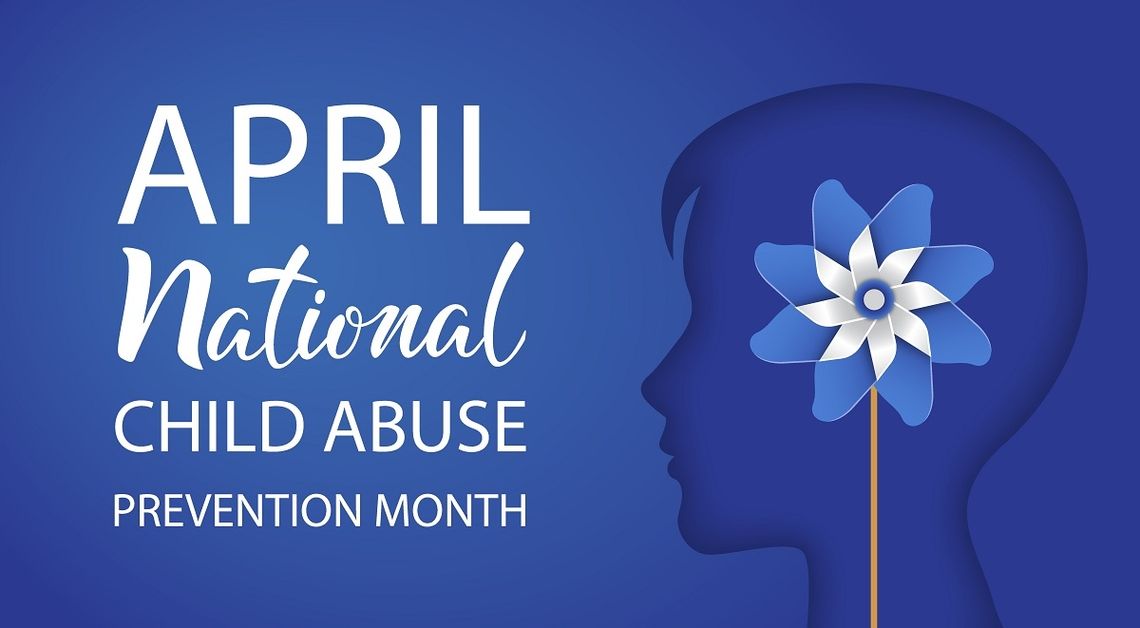It is April. That means it is once again National Child Abuse Prevention Month. That means you get a serious column from me on this subject.
Our starting point this year? A piece I saw in Atlantic Monthly last month. And, I don’t know what to do but present the core nugget of the piece straight up and go from there, because it needs to be talked about.
“Incest” is an ugly word. But, hiding it — the word and the action — from public view doesn’t hide the ugliness. It just drives it underground, where it festers like a poisonous mushroom.
I’ve been doing this April column for 20 years. Nonetheless, this statistic surprised even me. Selections in quotes from the Atlantic Monthly piece by Sarah Zhang, with explanatory comments by me, follow.
“When Steve Edsel was a boy, his adoptive parents kept a scrapbook of newspaper clippings in their bedroom closet. ... His parents never tried to hide his origins, and they always gave him the scrapbook when he asked. It wasn’t until he turned 14, though, that he really began to wonder about his birth mom.”
The Atlantic piece then dives into Edsel’s searching via Facebook for relatives, in order to try to find his birth mother, after getting DNA testing from AncestryDNA.
“His matches at first seemed unpromising—some distant relatives—but when he began posting in a Facebook group for people seeking out biological family, he got connected to a genetic genealogist named CeCe Moore. ...Within just a couple of weeks, she had narrowed down the search to two women, cousins of the same age. ...She confirmed what he had already suspected: His birth mom was the second woman. But Moore had another piece of news too. She had unexpectedly figured out something about his biological father as well. It looks like your parents are related.”
Zhang’s piece next notes: “In 1975, around the time of Steve’s birth, a psychiatric textbook put the frequency of incest at one in a million.”
The article says that already years ago, that was believed to be a huge underestimate.
“The stigma around openly discussing incest, which often involves child sexual abuse, has long made the subject difficult to study. In the 1980’s, feminist scholars argued, based on the testimonies of victims, that incest was far more common than recognized, and in recent years, DNA has offered a new kind of biological proof.”
And, we now have some indications of just how far off those old numbers were.
“The geneticist Jim Wilson, at the University of Edinburgh, was shocked by the frequency he found in the U.K. Biobank, an anonymized research database: One in 7,000 people, according to his unpublished analysis, was born to parents who were first-degree relatives—a brother and a sister or a parent and a child.”
Now, not all of these stem from child sexual abuse. Adult incestuous unions happen. But many, many, many of these “one in 7,000” births are the product of incestuous child abuse, it seems. I debated about whether to include this in this month’s column, but, what Zhang says about “the stigma around openly discussing incest” is part of exactly why it needs to be discussed. In fact, after I saw this, I felt I would be perpetuating that stigma if I said nothing.
That’s part of getting beyond myths about child abuse in general. I’ve discussed one of those before, both at this newspaper and previous ones. “Stranger danger” isn’t the big issue in child abductions. Rather, it’s post-divorce parents with limited legal custody and visitation rights trying to forcibly change that.
Likewise, physical and emotional child abuse usually don’t happen “out there,” but rather, “in here.” And, that “in here” can be behind a white picket fence as well as a rundown site. Ditto for child sexual abuse.

